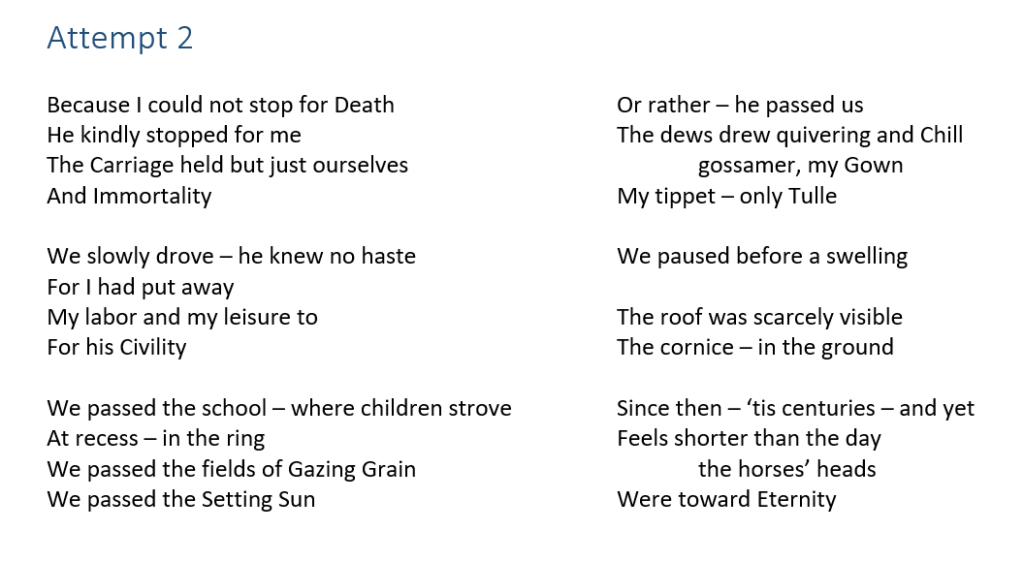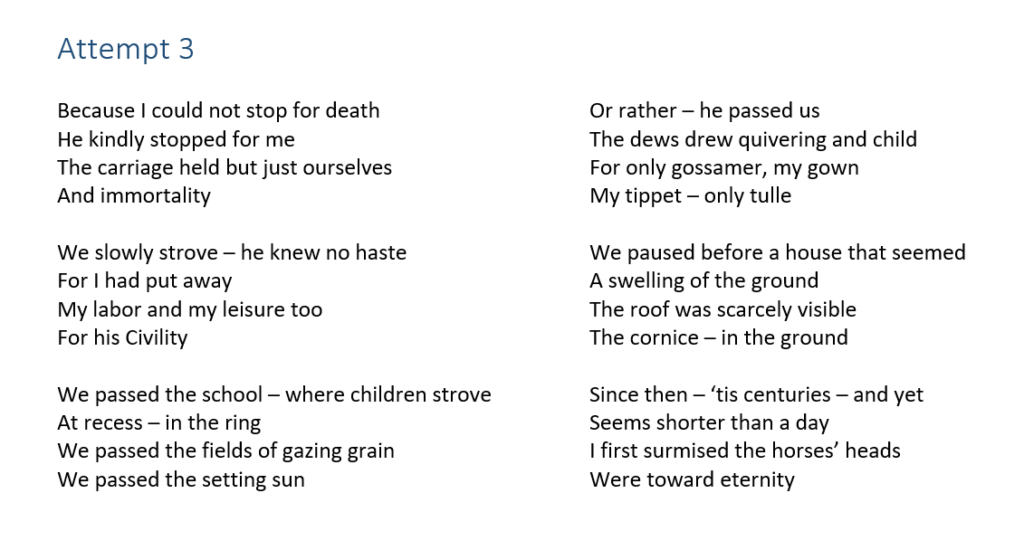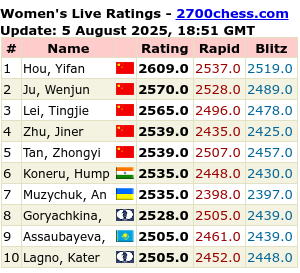Memorizing Emily Dickinson’s Because I Could Not Stop for Death has proven to be difficult for a couple reasons. First of all, I missed an entire stanza when first creating my series of icons! This made my mind map fairly awkward. When I first placed the images in a certain order, they became somewhat fixed in place. Trying to augment the journey has proven difficult, and I have had to add a loop through some mental gymanstics.

Second, I have found the process of connecting precise words to the icons more difficult than with Robert Frost’s poem. Two factors seem to be at work. On the one hand, Dickinson’s poem is far more abstract than Frost’s, meaning the icons are more difficult to anchor to the terminology. I have to spend more time establishing strong associations between the images and language because the words are not necessarily as evocative by themselves. On the other hand, because I spent little time memorizing word order, the lines come out a little garbled on occasion. Rote repetition, which I used to memorize Frost’s poem, seems to provide a better anchor for linguistic precision. Turning each line into an image later on simply reinforces that order, and the spaced repetition cements them in my long-term memory.
Here are a few attempts over the past week:

Once I realized what happened with the second stanza, I played around with the imagery of the carriage and made it run slowly. The “slow-motion” cadence now cues me and I can keep most of the other imagery in place.

The second time through, I realized that my icons were not working as well as I’d hoped, especially in the fifth stanza. For some reason I had mixed up the order of the ground swelling and the house, thus confusing me about which line should correspond with “swelling.” My icons were not particularly strong in this case. The other issues showed up in the fourth and six stanzas. My hunch is that the images were so strong that they ironically drowned out the more abstract words. To “surmise” something is hard to see; the same is true of subordinate conjunctions like “for.”

At this point, I have the poem mostly in mind. I will need to try it out a few more times before it sticks, but the wording will work with time. Needless to say, I have learned a great deal about how to commit poems to memory for the long term. By combining two techniques, I should be able to do so confidently with most any poem.


Leave a Reply
You must be logged in to post a comment.